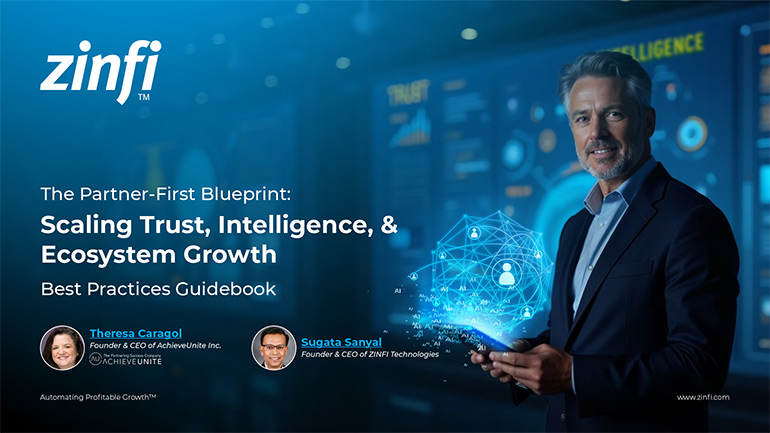Theresa Caragol reflects on her extensive journey in the technology and telecommunications sectors, highlighting the profound transformation of channel strategies over the decades. She discusses her early experiences at companies like Bay Networks and Nortel, where the concept of channel leadership began to take shape. Her transition to Sienna, a company initially focused on direct service provider sales, provided a unique challenge and opportunity: to pivot a direct-centric organization towards a more leveraged, partner-oriented approach. This foundational work laid the groundwork for understanding how to effectively integrate partners into a sales motion, moving beyond the traditional customer-vendor dynamic to foster true partnership. This historical context underscores the significant shift in the industry’s perception and utilization of channel partners, emphasizing the increasing importance of a well-defined partner relationship management strategy.
The conversation delves into the distinct buying motions across SMB, mid-market, and enterprise segments, and how these necessitate a universal approach to building a partner ecosystem. Regardless of the target market, Theresa asserts that a robust partnering strategy is non-negotiable for any tech company aiming for sustained growth. She contrasts the binary, linear, and hierarchical sales models of the past—where a Rolodex and physical events were primary networking tools—with today’s multifaceted, digitized landscape. The advent of social media, AI, and other digital tools has created numerous points of leverage, enabling a synergistic effect where one plus one plus one can truly equal ten for the customer. While offering immense opportunities, this modern complexity also demands a more sophisticated and integrated approach to partner relationship management, moving beyond simple transactional relationships.
A significant point of discussion revolves around acquiring Ronor & Associates and integrating Ron Roner’s 35 years of intellectual property into Achieve Unite’s AI engine. Theresa emphasizes that while external factors and phenomena may change, the core concepts of partnering remain constant: joint value propositions, business propositions, co-selling, and team selling. The new era, characterized by greater variety and velocity, makes it even more critical for organizations to be grounded in concrete skills for successful partnerships. This blend of timeless principles with cutting-edge technology, particularly in partner relationship management, positions companies to navigate the complexities of modern ecosystems effectively. The discussion highlights that despite technological advancements, the fundamental human element of trust and collaboration remains paramount in fostering successful partnerships.
